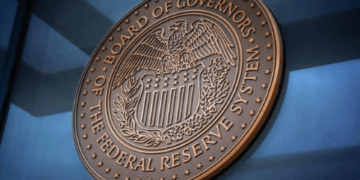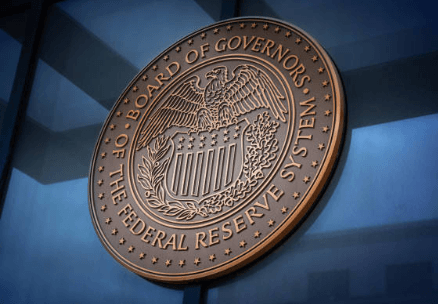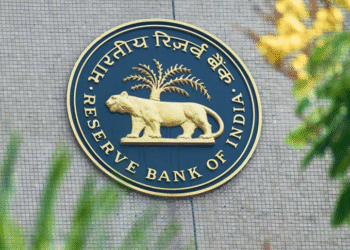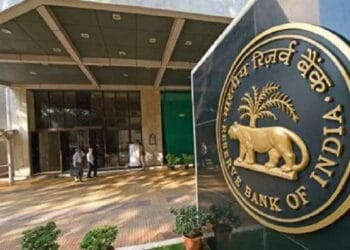Athira Sethu
Kochi, 9 October 2025
In September, the US’ Central Bank, the Federal Reserve officials met to debate whether to lower interest rates. All of them generally agreed that the Fed should cut the rate to assist the weakness in the labor market, but they disagreed slightly on how many times they should cut it this year. Some of them believed there ought to be two cuts, while others believed there ought to be three, said Kedia Advisory in a note.
The primary aim of the interest rate cut is to assist the economy, particularly by alleviating fears of jobs. With lower interest rates, money borrowing is less expensive, and businesses can be tempted to expand and employ more employees. But some policymakers were more conservative and recommended that the Fed let future reductions proceed at a slow pace. They were concerned about inflation, or the pace at which prices increase.
The Fed reduced the central interest rate by a quarter-point in September to 4% to 4.25%. The action had the support of the majority of the committee, with one dissenting member opting for a bigger, half-point reduction instead. While most officials desired two additional reductions later this year of similar size, there remained some disagreement on how much further to go.
The officials were worried about the labor market as well. Even as some of the indicators indicated a softening job market, others felt that inflation was no longer such a big threat. Inflation is when prices on items such as food and gasoline increase. The Fed has a goal to maintain inflation at 2%, and it sees it coming back to that in the future.
Another subject of discussion was tariffs, or import taxes. Officials believed tariffs, particularly those enacted during President Donald Trump’s presidency, wouldn’t have a lasting impact on inflation, although they contributed to some price hikes earlier this year.
The Fed’s most decisions are made based on information, such as job reports and inflation figures. But because of the government shutdown, key information from agencies such as Labor and Commerce was not available. This complicated it for the Fed to make decisions within the next few months. Nevertheless, many thought the Fed would probably reduce interest rates again in October and December even without recent information.
Overall, the Federal Reserve officials concurred that reducing interest rates was needed because of job market problems, but they couldn’t see eye-to-eye on the number of cuts that would occur. There were some who urged moving quickly, while others called for restraint. The federal government shutdown complicated matters further, but most officials still believed that rates would be cut again soon.





















